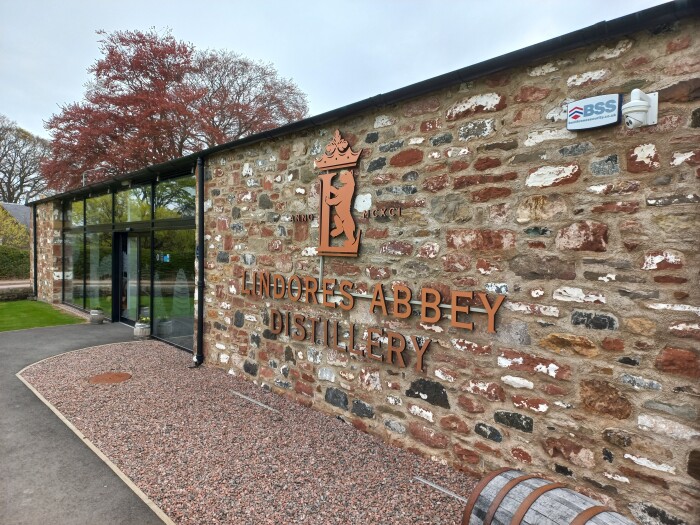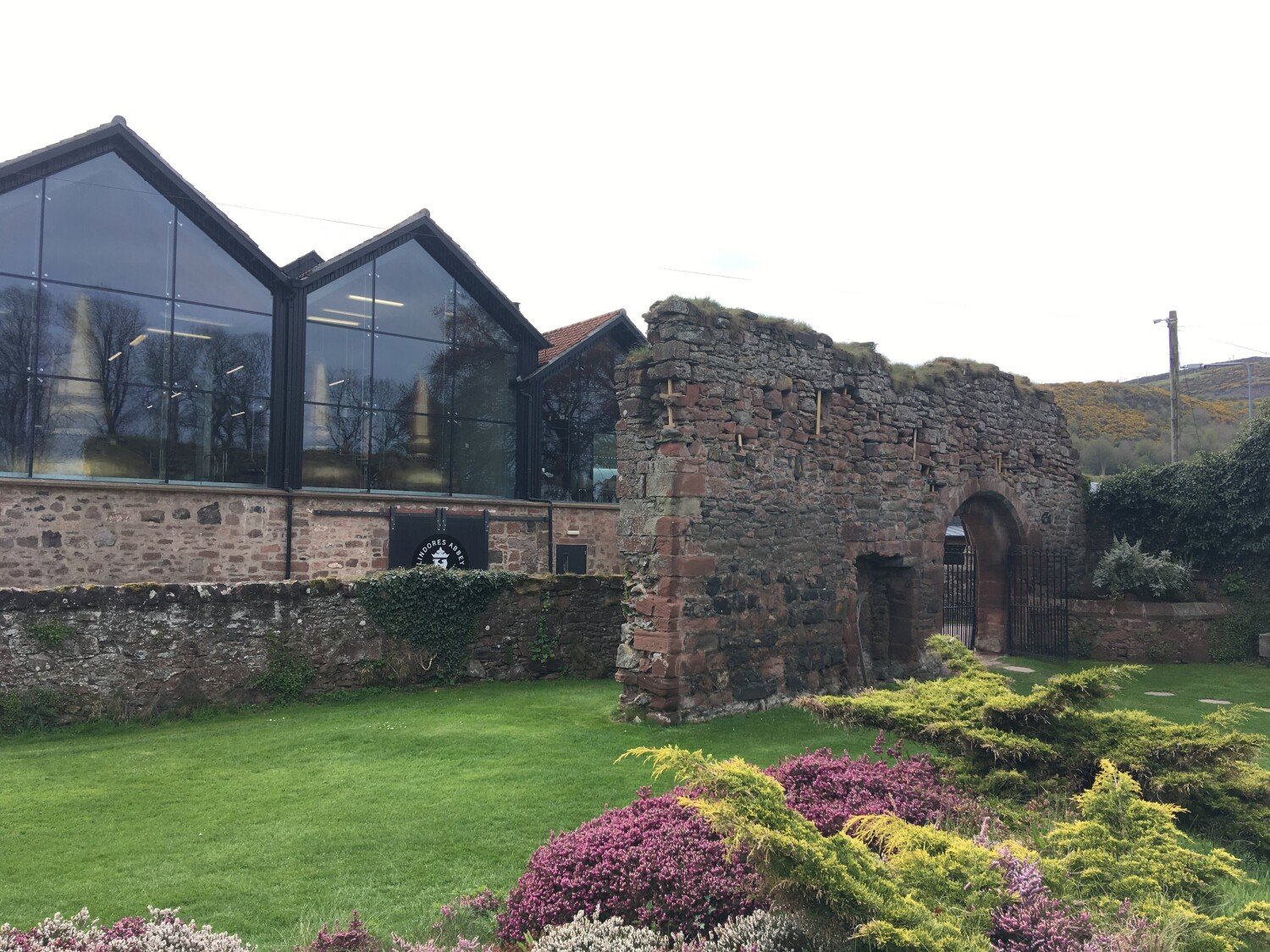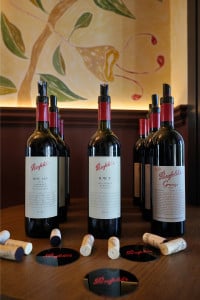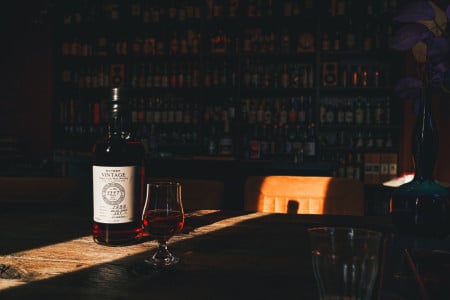More heritage
Of course, investments needing some returns, the team at Lindores Abbey Distillery didn’t just sit back as the new make spirit started flowing. Casks were sold, which isn’t too uncommon. But what is uncommon is that they reached all the way back to 1494 and started producing Aqua Vitae once more.
This is a rare thing, nowadays, but that didn’t scare the people at Lindores Abbey. Looking to the fertile lands around them they deduced that the monks in the late 1400s must have used a lot of local produce in their water of life, and that is exactly what happened in 2017 as well. Dried fruits, spices and local herbs are used, such as fir, sweet cicely, cleavers and citrus.
This focus on using local products to make their aqua vitae continues to the production of the whisky as well. Although what is currently available is made from barley bought from further afield. Since April of this year, all barley used in the production of the whisky is sourced locally, within a few miles of the distillery.
The distillery is quite embedded in the local community of Newburgh and participates in all kinds of events. This isn’t too surprising with the founders being local, the focus on the history and provenance of the products too.
Whisky
With quite some casks being sold over the last years, you can imagine that there are a lot of bottles around already. Even with the whisky only being available since 2021, there is information online of over 25 separate releases having been done within a twelve-month period.
Of course, some of them are private casks and there’s an inaugural release. For several markets there have been single cask bottlings as well under their ‘The Exclusive Cask’ label. Slightly larger batches are available (at the time of writing at Best of Wines as well!) under the ‘Casks of Lindores’ line.
The first regular release is called ‘MCDXCIV’, which is the Roman numeral for, you’ve guessed it, 1494. The single casks seem to be bottled at cask strength; the regular release sits at a nice 46%. The ‘Casks of Lindores’ sit at an interesting 49.4% ABV. This again is a play on the founding year of the Abbey. Of course, they couldn’t go to 149.4% ABV…
So, another distillery that officially sits in the Lowlands region of Scotland, even though they are not particularly focused on doing a ‘Lowlands’ thing. The whisky is a bit richer than you would expect of the light traditional regional style that is currently most prominent in Auchentoshan, Ailsa Bay, or The Duchess’ Paddy’s Milestone.
Text and photo's: Sjoerd de Haan-Kramer







